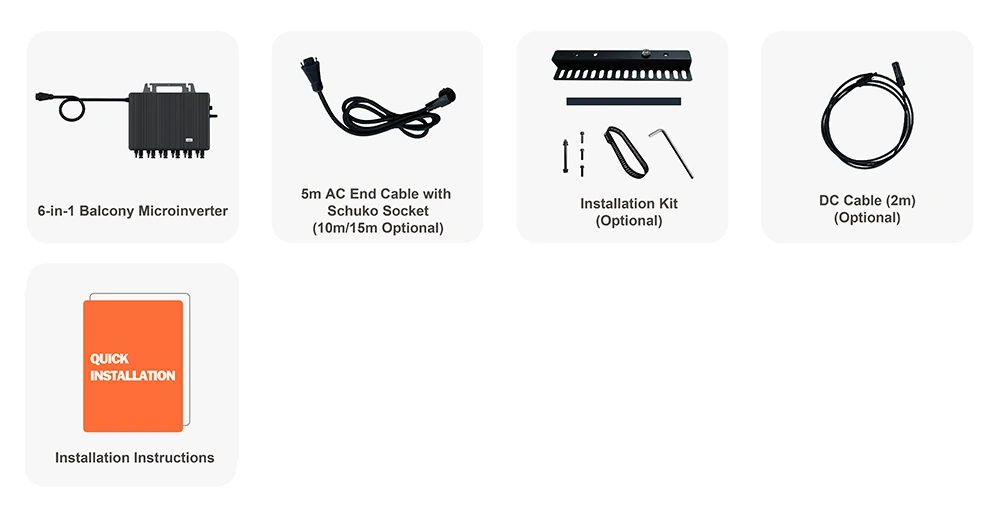Solar energy storage systems are essential components for harnessing and maximizing the power of the sun. With renewable energy becoming more mainstream and the global push towards sustainability, understanding different types of solar energy storage systems is crucial for both consumers and industry professionals. Here's an in-depth exploration of these systems based on expertise, experience, authority, and trustworthiness.

Battery Storage Systems As the most common type of solar energy storage, batteries store electrical energy produced by solar panels for later use. Lithium-ion batteries are the most prevalent due to their high energy density, long lifespan, and declining costs. These batteries are used in a variety of applications, from residential solar power systems to large-scale grid energy storage. Lead-acid batteries, though older, remain in use because of their reliability and lower upfront costs. Recent advancements in battery technology have resulted in safer, more efficient storage options, making them a cornerstone in modern solar energy systems.
Thermal Storage Systems Thermal energy storage involves capturing heat energy from the sun and storing it for future use. This technology is widely used in concentrated solar power (CSP) plants, where mirrors focus sunlight to heat a fluid, which then generates steam to drive a turbine and produce electricity. This stored thermal energy can be retained in molten salts or other heat retention methods for use during cloudy periods or at night. Thermal storage systems emphasize the experience of optimizing heat transfer and maintaining high thermal efficiency, proving beneficial in large-scale energy projects.

Mechanical Storage Systems These systems employ mechanical processes to store energy. Pumped hydroelectric storage is the most established form, using excess solar power to pump water to higher elevations, which can be released to generate electricity when solar production is low. Another emerging technology is flywheel energy storage, which converts excess electrical energy into kinetic energy by spinning a rotor at high speeds. When electricity is needed, the flywheel slows its rotation, converting kinetic energy back into electrical energy. These systems are praised for their durability and instantaneous power capabilities.
Compressed Air Energy Storage (CAES) CAES technology stores energy by compressing air into underground caverns or tanks using surplus solar power. When energy demand exceeds solar production, the compressed air is reheated and expanded through a turbine to generate electricity. This form of storage leverages expertise in managing pressure and temperature to provide large-scale, long-duration energy storage. Recent developments focus on improving efficiency and reducing environmental impacts, making CAES a promising solution for balancing solar energy supply and demand.
different types of solar energy storage systems
Hydrogen Storage Systems Hydrogen as an energy carrier offers a versatile and potentially carbon-neutral storage solution. Excess solar electricity can be used to electrolyze water, producing hydrogen. This hydrogen can be stored and later converted back into electricity through fuel cells or used directly in various applications, including transportation and industrial processes. Expertise in hydrogen storage involves overcoming challenges related to efficient electrolysis, storage materials, and infrastructure. Ongoing research aims to make hydrogen a pivotal part of the future energy landscape.
Emerging Technologies Continuous innovation is critical for advancing solar energy storage. Solid-state batteries promise higher energy densities and improved safety by replacing liquid electrolytes with solid materials. Liquid air energy storage is another novel approach, converting air into a liquid state when chilled and then converting it back to gas to drive turbines as needed. These breakthroughs exemplify a forward-thinking approach, underpinned by authoritative knowledge in material science and thermodynamics.
For those invested in the transition to renewable energy, selecting the appropriate solar energy storage system requires a nuanced understanding of each type's capabilities, limitations, and applications. Experience in implementing these systems in varied contexts adds invaluable insight, while expertise ensures the right alignment with energy goals. Authority in the field stems from continuous innovation and adaptation to new technologies. Trustworthiness is reflected in providing reliable, efficient storage solutions that support sustainable energy independence.
In conclusion, the diverse landscape of solar energy storage offers multiple pathways to achieving efficient, sustainable energy use. Each system has strengths tailored to specific needs, whether focusing on scalability, cost-effectiveness, or technological advancement. In an era where energy reliability and environmental responsibility are paramount, understanding and selecting the right solar energy storage solution is both a science and an art.
 LEARN DETAILS
LEARN DETAILS



